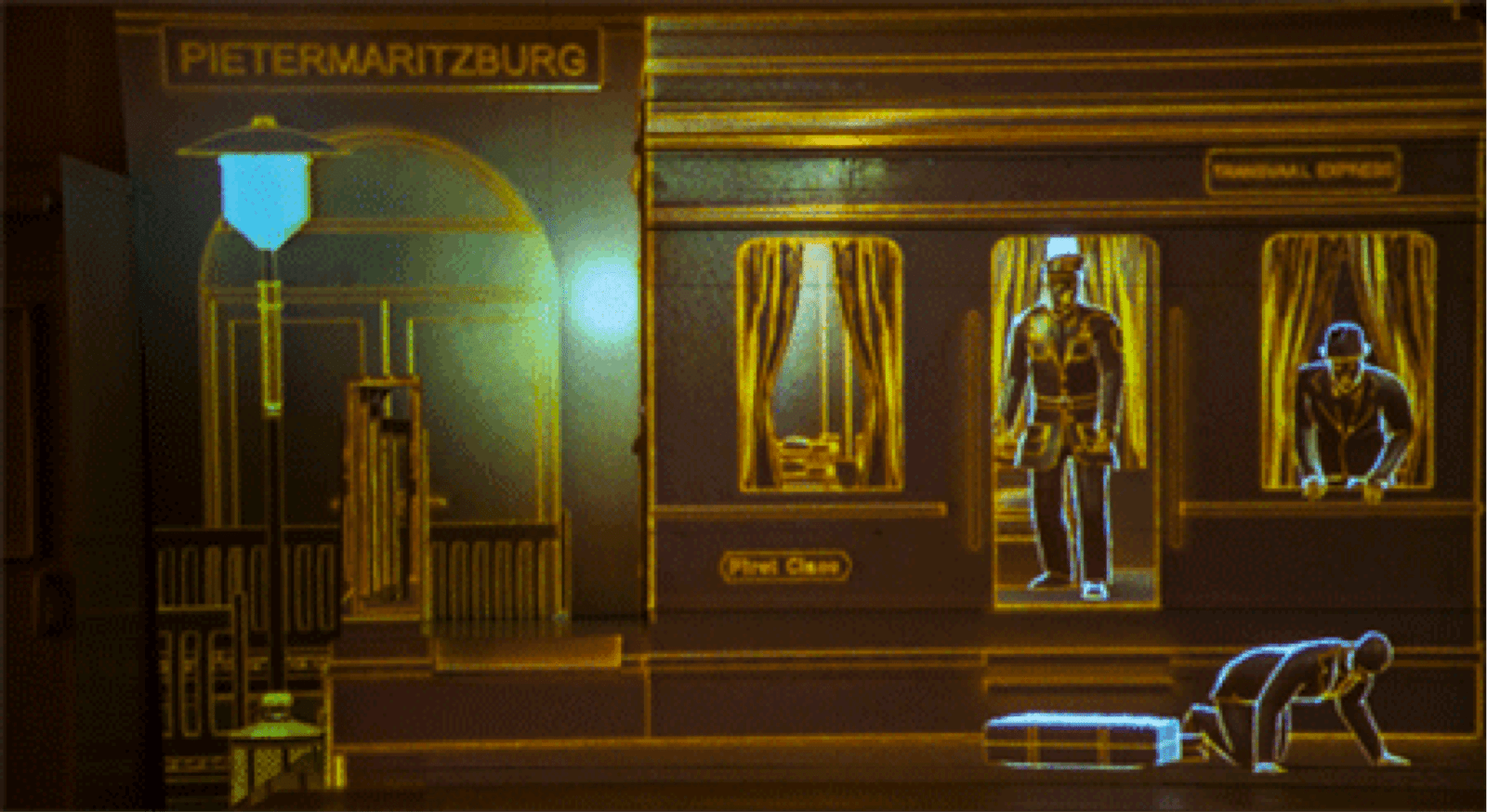The Museum: Emerging narratives in contemporary India
In the 20 years after liberalization, we are noticing an emerging trend in the establishment of history museums throughout India. Here, we will discuss our observations, explorations, and understanding of both, the contemporary context of India and our specific negotiation of this context in the making of history museums.
Postcolonial India, as with every other colony in the 40s and 50s, embarked on a journey of self-discovery. New identities were forged, newer missions were planned, and even newer voices were heard. Some radical, some ethnic, some religious, some conservative, some liberal, some secular, some regional, some idealistic. The early leaders of Independent India founded the country on a socialist political ideal. And in an attempt to unify a vastly diverse subcontinent were staunchly secular and nationalistic. As a result, the emerging voices of regional, religious, local subjects were subsumed in the meta-narrative of the secular nation.
We grew up in a different generation of Independent India which was surprisingly still grappling with its identity after 35 years of independence. The economic liberalization (in India in the late 90s) put the country on a different path, opening it up to the world in trade & commerce, and brought a wave of globalization. So came travel, exposure, knowledge and interestingly, though slowly, brought out the latent need of going back to the roots.
Since all the old government institutions in India like Museums, Educational institutes and even the Archaeological Survey of India were established by the British, our view of our history has been through the eyes of the colonial powers. The story of our civilization has been preserved largely through a tradition of oral histories. Very little of our history is documented in any other form. Most of it being destroyed/renewed by waves of invasions and amalgamations which have resulted in the melting pot of cultures and identities that India is today.
It is now, in post-liberalization India, where more than 50% of its 1.3 billion people are below the age of 25, that we are seeing an emerging need for new narratives through which young India is trying to re-discover and define its identity. There is a renewal of interest in local histories and an effort to preserve area specific cultural identities. This is leading to a rediscovery of museums as a mode of communicating these aspirations and interests.
As we are in a mode of assimilation and cannot discount anyone’s contribution to the making of who we are today, the museum now has the challenging task of not only communicating a common history but histories with shifting perspectives.
The sheer complexity & interweave of subjects on a backdrop of improving economic conditions, levels of education and exposure to technology are dictating a changing museum format. The new format needs to be more engaging, interactive and caters to the masses, not just the elite and importantly addresses shrinking attention spans.
At Lokusdesign, we are trying to create hybrid formats for communicating history by sympathetically binding traditional storytelling methods with modern technology. For example, storytelling through folk performances complemented by holographic projections/3D mapping technologies or bringing in elements from our collective memory into an emotive space. Therefore making them relevant and engaging in the current context.
Going forward we have a big responsibility of binding the living and the past and bringing all into a dynamic space in a neutral and constructive manner, in a restless and buoyant nation that is in the throes of redefining itself.
For more on this, write to us at info@lokusdesign.com.

